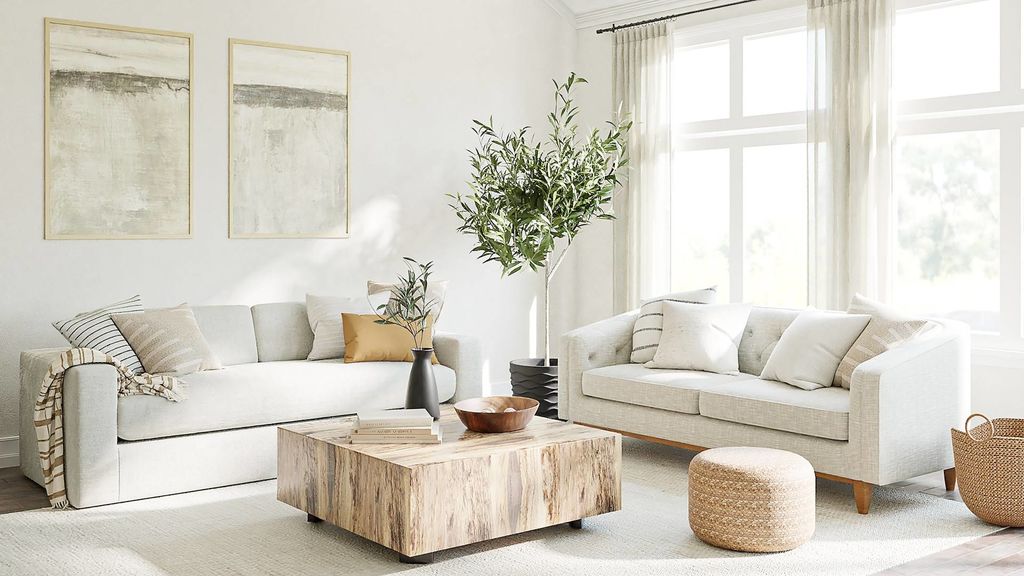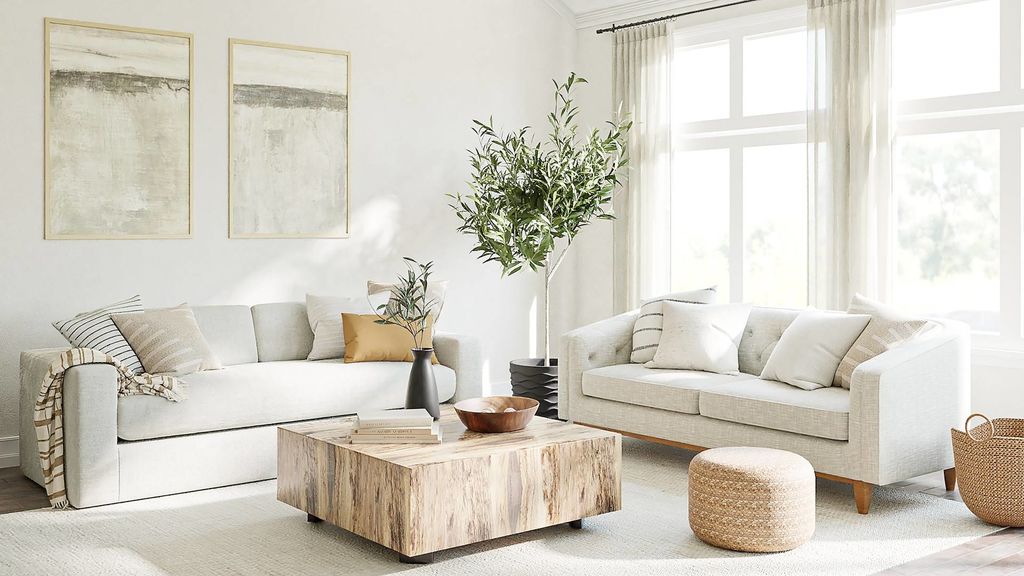Amidst our busy lives, it’s easy to underestimate the impact our living spaces have on our health and wellbeing. However, on World Health Day, it’s an opportune time to contemplate the importance of fostering environments that encourage physical and mental wellbeing. As seasoned real estate professionals, we recognise the importance of cultivating a healthy home environment and its potential to positively impact every facet of our lives.
At 828 Real Estate, we advocate for homes to transcend being mere havens and become sanctuaries that support and elevate our health. Below are some key ways we can prioritize wellness in our living spaces:
Lots of natural light:
Natural light influences our mood, productivity, and overall health. Not only do sunny homes convey a sense of spaciousness and warmth, they also help regulate our circadian rhythms, leading to better sleep patterns and higher energy levels. When looking for a new residence or designing your living space, look for properties with ample windows and open layouts to maximize exposure to natural light.
Green areas:
- Infusing our homes with greenery Not only is it visually appealing, but it also brings countless health benefits. Indoor plants act as natural air purifiers, removing toxins and pollutants from the atmosphere to improve indoor air quality. Plus, being surrounded by nature has been shown to relieve stress, improve mood, and boost cognitive function. Whether it’s a verdant garden, a balcony adorned with potted plants, or a small herb garden adorning the kitchen windowsill, integrating green spaces into our homes can have a profound impact on our well-being.
Healthy materials:
- The materials in our homes have a significant influence on our health. Whenever possible, opt for nontoxic and eco-friendly materials, such as VOC-free paint, sustainable flooring options like bamboo or cork, and natural textiles like organic cotton or wool. These materials not only mitigate exposure to harmful chemicals, but also foster a healthier indoor environment for you and your family.
LEED Certified (Leadership in Energy and Environmental Design) is the world's most widely used green building rating system. It provides a framework for healthy, highly efficient and cost-effective green buildings that deliver environmental, social and governance benefits. LEED certification is a globally recognized symbol of sustainability achievement and is supported by an entire industry of committed organizations and individuals paving the way for market transformation. A LEED-certified local group is Capehart Construction.
Comfort and ergonomics:

- An ergonomically designed and comfortable home is essential to promoting overall well-being. Invest in premium furniture that supports and encourages proper posture, and organize your space to facilitate movement and circulation. Consider integrating relaxation zones with plush seating and soft lighting to encourage relaxation and relieve stress.
Conscious design:
- Conscious design principles emphasize harmony, balance, and intentionality in our living spaces. Set aside areas dedicated to rest, rejuvenation, and socializing, and declutter regularly to preserve a sense of tranquility and organization. Incorporate elements that spark joy and ignite creativity, whether it’s captivating artwork, cherished keepsakes, or soothing color palettes.
This World Health Day, let’s commit to prioritizing wellbeing in our homes. By incorporating these principles into our living spaces, we can create environments that nourish both body and soul, fostering a happier, healthier lifestyle for ourselves and our loved ones. Together, let’s celebrate the transformative power of healthy homes to enrich our wellbeing and quality of life.



